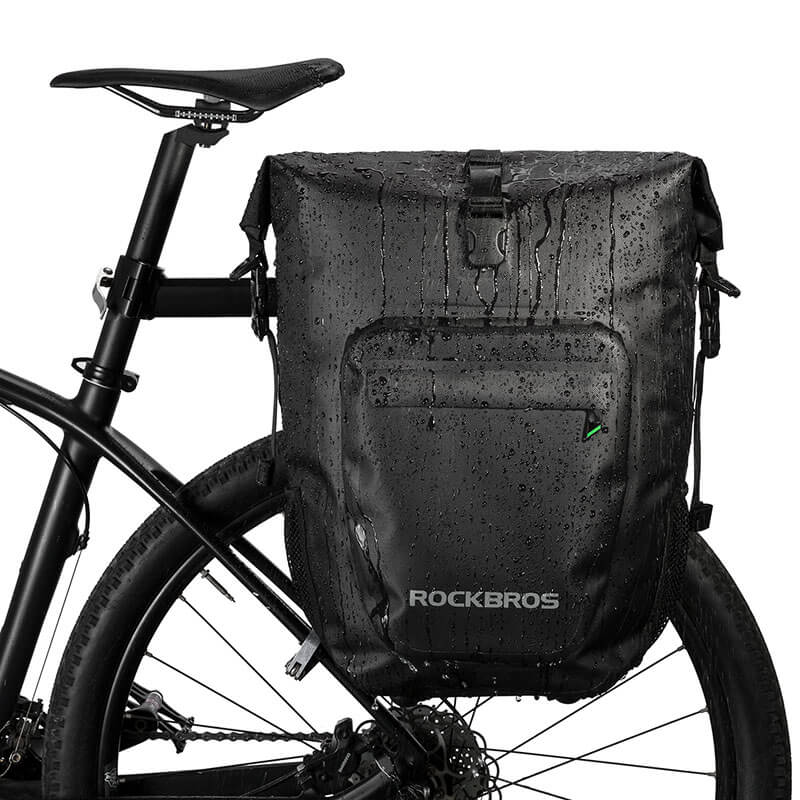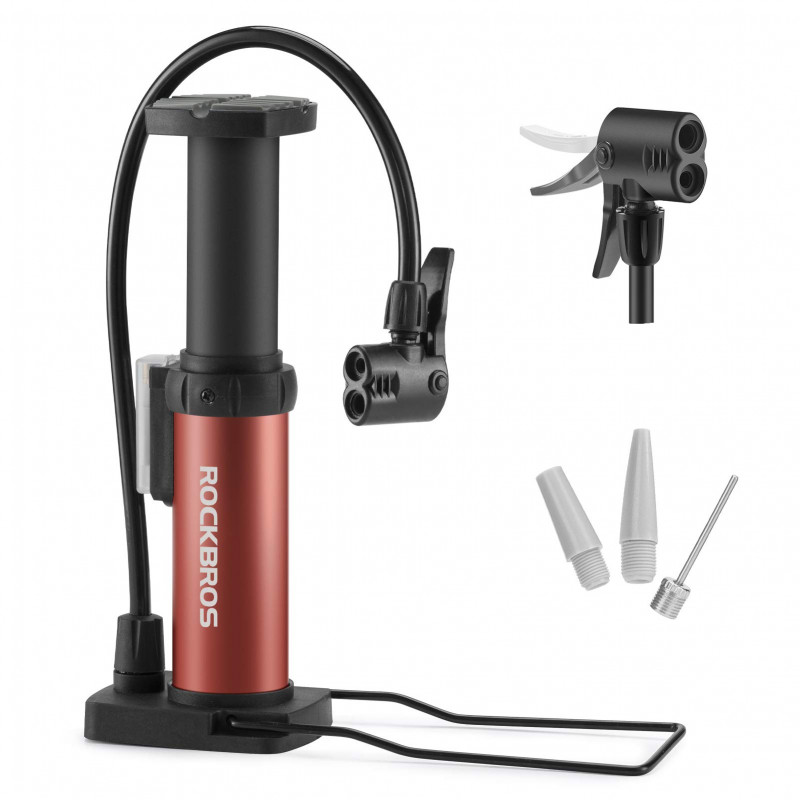Choosing Between Cross-Country and Trail Mountain Bikes

Mountain biking is a popular and exciting sport that has grown significantly in popularity in recent years. With the many different types of mountain bikes available, it can be challenging to choose the right bike for your needs. Two of the most popular types of mountain bikes are cross-country (XC) and trail mountain bikes. In this article, we will explore the differences between these two types of bikes, helping you choose the best bike for your needs.
Introduction
Mountain biking is a popular outdoor activity enjoyed by many. It is a great way to explore nature, get some exercise, and have fun. With the many different types of mountain bikes available, choosing the right bike can be challenging. In this article, we will compare two of the most popular types of mountain bikes: cross-country and trail mountain bikes.
What is a Cross-Country Mountain Bike?
Cross-country mountain bikes are designed for racing and riding on smoother trails. They are typically lightweight and have a rigid or hardtail frame, meaning they have no rear suspension. This makes them more efficient on smooth trails and easier to pedal uphill. Cross-country mountain bikes usually have narrow tires, which reduces rolling resistance and allows for faster speeds.
What is a Trail Mountain Bike?
Trail mountain bikes are designed for more technical and challenging terrain. They are typically heavier and have a full suspension frame, which provides better traction and a smoother ride on rough trails. Trail mountain bikes have wider tires with more aggressive tread patterns that provide better grip on loose or slippery terrain.
Frame Geometry
Frame geometry is an important consideration when choosing a mountain bike. Cross-country mountain bikes have a more aggressive geometry, with steeper angles and a shorter wheelbase. This makes them more nimble and responsive on smoother trails. Trail mountain bikes, on the other hand, have a more relaxed geometry, with slacker angles and a longer wheelbase. This provides a more stable and comfortable ride on technical terrain.
Suspension System
Suspension systems are critical components of mountain bikes, especially when riding on rough terrain. Cross-country mountain bikes typically have a rigid or hardtail frame, which provides little or no suspension. This makes them more efficient on smoother trails but less comfortable on rough terrain. Trail mountain bikes, on the other hand, have a full suspension system, which provides better traction, a smoother ride, and more control on technical terrain.
Wheel Size
The size of the wheels is another critical consideration when choosing a mountain bike. Cross-country mountain bikes usually have 29-inch wheels, which provide better momentum and are faster on smoother trails. Trail mountain bikes, on the other hand, usually have 27.5-inch wheels, which are more maneuverable and offer better control on technical terrain.
Tires
Tires are an essential component of any mountain bike, and they can greatly affect performance on different terrain. Cross-country mountain bikes typically have narrow tires with a low profile, which provides less rolling resistance and faster speeds on smooth trails. Trail mountain bikes, on the other hand, have wider tires with more aggressive tread patterns, which provide better traction and control on technical terrain.
Brakes
Brakes are critical components of any mountain bike,especially when riding on challenging terrain. Cross-country mountain bikes usually have rim brakes or lightweight hydraulic disc brakes, which are lighter and more efficient. They provide enough stopping power for smooth trails but may not be enough for technical terrain. Trail mountain bikes, on the other hand, typically have more powerful hydraulic disc brakes, which provide better stopping power on technical terrain.
Gearing
Gearing is another essential consideration when choosing a mountain bike. Cross-country mountain bikes typically have a wider gear range and more gears, allowing for faster speeds on smoother trails and easier climbing on steep hills. Trail mountain bikes, on the other hand, usually have a narrower gear range and fewer gears, which provide better control and power on technical terrain.
Pedals
Pedals are an essential component of any mountain bike, as they are what connects your feet to the bike. Cross-country mountain bikes usually have clipless pedals, which allow for a more efficient pedaling motion and better power transfer. Trail mountain bikes may have clipless pedals, but they are often flat pedals, which provide more grip and control on technical terrain.
Weight
Weight is an essential consideration when choosing a mountain bike, as a lighter bike is typically more efficient and easier to handle. Cross-country mountain bikes are usually lighter than trail mountain bikes, as they have a rigid or hardtail frame and fewer components. Trail mountain bikes have a full suspension system and more components, making them heavier but more comfortable on technical terrain.
Price
Price is an important consideration when choosing a mountain bike, as it can vary greatly depending on the type and quality of the bike. Cross-country mountain bikes are typically less expensive than trail mountain bikes, as they have fewer components and less complex frame designs. Trail mountain bikes are usually more expensive due to their full suspension system and more complex frame design.
Which One is Right for You?
Choosing the right mountain bike depends on your riding style and the type of terrain you plan to ride on. If you are a beginner or prefer smoother trails, a cross-country mountain bike may be the best choice for you. They are more efficient and easier to pedal, making them suitable for longer rides. If you prefer technical terrain or want a more comfortable ride, a trail mountain bike may be the best choice. They have a full suspension system, wider tires, and more powerful brakes, making them suitable for challenging terrain.
Maintenance
Maintaining your mountain bike is essential to ensure it remains in good working condition and lasts for many years. Regular maintenance includes cleaning and lubricating the chain, checking the brakes and tires, and inspecting the frame and suspension components. Cross-country mountain bikes require less maintenance than trail mountain bikes, as they have fewer components and a simpler frame design.
Conclusion
In conclusion, choosing the right mountain bike depends on your riding style and the type of terrain you plan to ride on. Cross-country mountain bikes are suitable for beginners or riders who prefer smoother trails, while trail mountain bikes are suitable for riders who prefer technical terrain or want a more comfortable ride. Consider frame geometry, suspension system, wheel size, tires, brakes, gearing, pedals, weight, and price when choosing a mountain bike.









